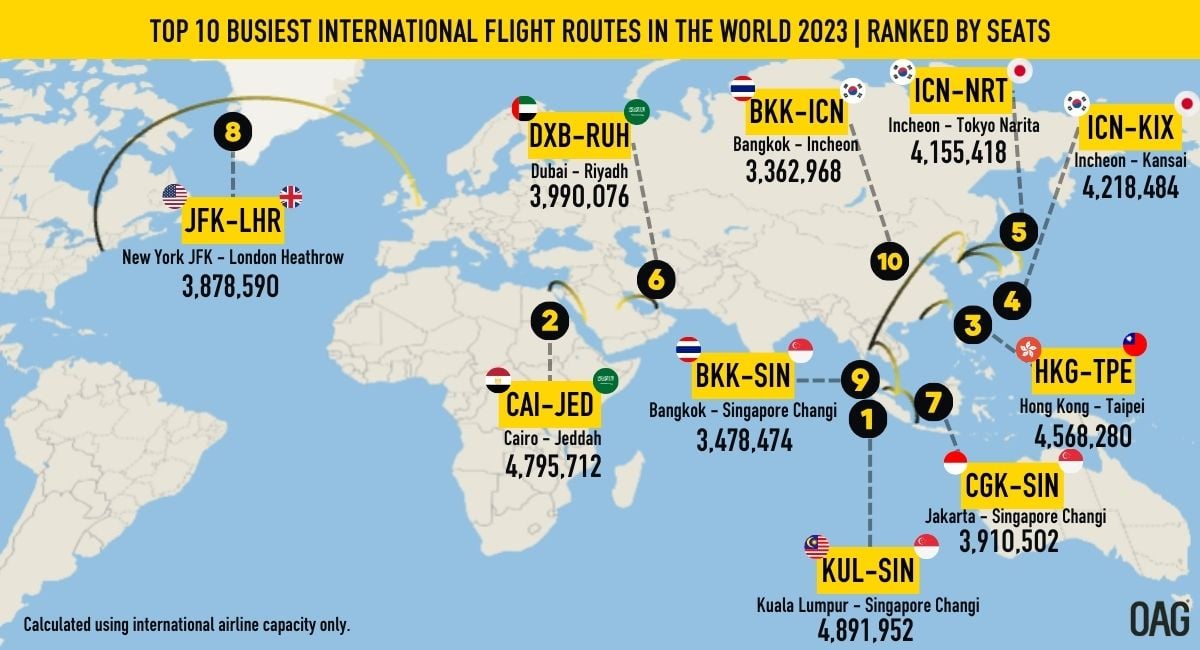

Not one day goes by without some serious warning, issued by the serious mass media, national networks or newspapers, regarding the damage we inflict on the planet when traveling by plane. How many days without meat to compensate CO2 emissions for a flight from Paris to Athens in the middle of the winter? Answer: couple of years.
Which touristic destinations in Europe to visit that do not necessitate taking a plane? Answer: train from London to Cornwall, if you ever get to London from the continent by Eurostar, twice blocked for days during the recent Christmas period, by strike and flooding in succession.
Surprising everyone, though, a study in Switzerland shows the air mobility part of the carbon footprint of the young Swiss adults, 18 to 35 years of age, is two to three times larger than of older generations. So much for the so-called Greta Generation’s care for the planet. Still, such a study also shows the disconnect between individual impact (air mobility of the 18-35 accounts for 16% of their total carbon footprint) and absolute CO2 emissions breakdown (air transport accounts for 3%). Fighting climate change clearly needs more than just changing individual lifestyle.
No one denies the massive efforts we have to make to reduce the CO2 emissions, but it seems the priorities are not right when heavily targeting air mobility. Why such a focus on an industry that is a success story in Europe, with the likes of Airbus, Safran, Ryanair, true innovators in their respective domains, demonstrating significant gains over time in energy efficiency? To name two:
Unless the do-gooders above turn a blind eye on the fact that Airbus has an eleven-year order load and that the global commercial airplanes fleet will double before the mid-century?
Europe loves to be seen as the leader in the fight against climate change, atonement for past sins, possibly, but also has to live with “path dependence”, the hard fact that we act today according to decisions taken a long time ago. In the case of air travel, the “decision” is rather the possibility of long-distance tourism, opened up in the second half of the 20th century, due to the combined effects of a US-led pacified and wealthier West and the technical progress of flying vehicles, allowing in other words to “connect the world”.
And this combination has now reached other regions, Asia big time, with a multiplier effect due to the sheer size of China and India, more than one-third of the planet population together, as can be seen in the graphic below from OAG, showing the busiest international routes (same story for domestic routes: top 20 in Korea and Japan).

Source: OAG, 2023
Sure, the much-used criticism about air travel restricted to the more affluent segments of the society is valid, but these segments in populous countries, like China and India, can quickly outpace those in the West, explaining the airlines frenzy to secure new planes from Airbus and Boeing. And the most ambitious airlines in Asia, such as Turkish Airlines or Singapore Airlines, share the top positions in terms of fleet age, thus in terms of fuel use, a competitive edge, compared to the legacy airlines, equipped with much older planes, and that could help Asia claw an even larger market share of air travel. With such a massive demand for air travel in the East, even the use of expensive sustainable aviation fuel (SAF) should not be an obstacle and would also contribute to reduce the carbon footprint.
So, extrapolating the flight shame crusade would eventually mean Europeans would only travel by rail (or electric cars, later) and mostly inside Europe, while non-Europeans would fly in toward Europe to visit and enjoy the treasuries of the past and other Euro Disney-style purpose-built tourist attractions. According to these eco-radicals, eco-authoritarians would be more appropriate, Europeans should be indulgent with regards to CO2 emissions from overseas tourists and should self-impose strict limits for their own air travel (some speak of 4 trips in your entire life).
Disregarding the CO2 emissions unbalance in volumes (the 8% share of carbon emissions due to global tourists, some 1.5 billion people in 2019, would be hardly dented) and hoping our frugal behavior, much alike monks’ austere life in the Middle Ages, will eventually convert the non-abstinent (air travel-wise). Such a joke, history keeps on showing the shrinking of monasteries and nunneries, sometimes only kept afloat by the rich and wealthy wishing to spend a few days of retreat from the world. Again, the above-mentioned study conducted in Switzerland shows the media bias in favor of vocal minorities, morally superior, against real-life behavior: verbal promotion of moral behavior may also be a way to show we care, but only show, when our actions contradict this Gospel on a daily basis, one sort of denial.
Path dependence is likely to stubbornly support air travel for the foreseeable future, at least on the global scale (reminder: global tourism is estimated to contribute 10% of global GDP, we are talking here of a commodity-like heavy industry). Encouraging both energy efficiency efforts by air framers and engine manufacturers and a massive use of SAF seems a fit-for-purpose approach to mitigate the rise of air transport carbon footprint, which is not incompatible with a dose of frugality in air travel usage, as long as decent alternatives exist and freedom of choice is maintained.
Philippe Marchand is a Bioenergy Steering Committee Member of the European Technology and Innovation Platform (ETIP).